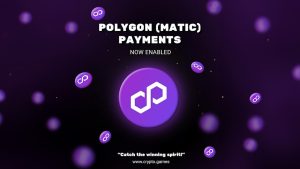Understanding Off-Chain Governance
In an off-chain governance network, stakeholders participate in various collaborative activities to compete for control. Off-chain governance procedures on public blockchains, such as discussions on social media, online forums, conferences, and events, resemble real-world politics.
Unlike on-chain governance, off-chain governance does not rely on code to bind groups to specific actions. Instead, decisions are made based on the interests of the stakeholders and their knowledge of other stakeholders’ preferences.
Popular public blockchains like Bitcoin and Ethereum primarily rely on off-chain governance. Proposed modifications to Bitcoin, for example, undergo extensive online discussions involving key parties such as the core development team, other developers, miners, researchers, and the end-user community. Bitcoin’s core development team holds frequent online meetings that are open to anyone.
Bitcoin lacks an on-chain governance mechanism. There is no governance token, and owning BTC does not grant explicit voting rights. Therefore, all discussions and voting take place off-chain.
Some mistakenly believe that the hash power or mining capabilities of large mining pools on Bitcoin translate into governance power. However, Bitcoin miners, regardless of their mining power, do not have special governance rights. Their role is to verify or reject transaction blocks.
Ethereum’s governance model is similar to Bitcoin’s. It has a core development team led by Vitalik Buterin, who is highly respected by the community, researchers, advisors, and miners.
Stakeholders collaborate and make off-chain decisions through a process that involves core developers proposing protocol modifications through formal improvement requests. These proposals, such as Bitcoin Improvement Proposals (BIPs) and Ethereum Improvement Proposals (EIPs), are often submitted to the project’s official repository on Microsoft or GitHub.
Stakeholders express their agreement or disagreement with a proposal through private and community discussions, using game theory principles. Core developers then assess whether node operators and miners are willing to upgrade their software. Ideally, a consensus is reached, and the code changes smoothly. Advanced announcements ensure stakeholders are informed.
If consensus cannot be reached, stakeholders have two options. They can try to persuade others to support their cause, or they can choose to hard fork the protocol and maintain or modify the aspects they consider important.
Off-chain governance aims to consider the interests of all stakeholders, but since decisions are not legally binding, influence tends to be concentrated among core developers and miners.











